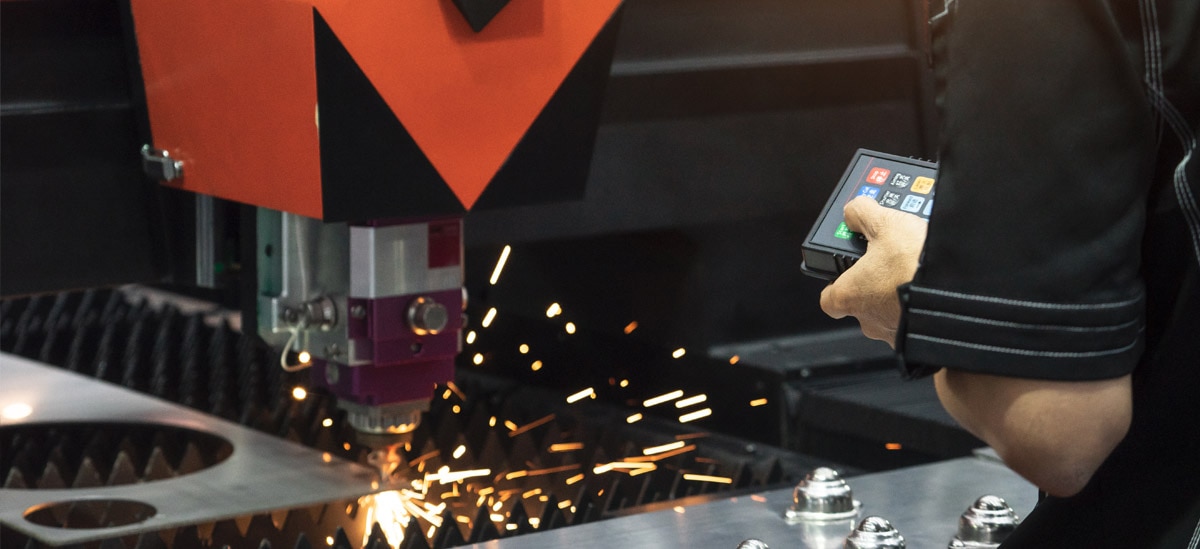
In early 2019, new accounting rules for leases went into effect that bring operating leases onto the balance sheet.
For decades, operating leases have been a vehicle to acquire assets without the direct balance sheet implications that might affect leverage or even covenant compliance. While most firms are prepared for the new accounting standard, does that equate to a return to traditional debt financing of capital expenditures and an exit of operating leasing as a potential financial solution?
Not so fast.
The primary impact of operating leasing is a more affordable to approach to how your company uses assets. In an environment that demands that you stay on the cutting edge of technology and ever-increasing replacement cycles challenge financial managers, operating leases can still be beneficial.
Despite the recent accounting changes, there are still ongoing financial and operational benefits of operating leases worthy of consideration.
Flexibility
Operating leases align with the operational use of the equipment, so they can be an ideal solution for equipment that becomes obsolete or outdated frequently. From IT to machine tools, understanding the life cycle of the equipment is key.
Operating leasing is a valuable tool when equipment is needed to support a specific customer agreement with a finite term. Contract manufacturers are seeing production agreements take increasingly shorter terms yet may require six to eight figure investments in capital equipment to effectively fulfill the agreement.
An operating lease offers the flexibility to acquire the equipment and essentially pay for the use of the assets in a term that aligns with the contract manufacturing term—reducing risk and preserving capital. Construction industries and many other industries may find operating leasing as a more effective solution than long-term rental. This finance approach offers a company the ability to lease equipment customized to their needs for a lower financial obligation than renting standardized assets.
Paying for the use of equipment rather than the ownership of it can offer flexibility in demanding budget situations as well. An operating lease can be easily structured with payments that step up and step down to more easily match revenues and expenses and can include buyout options.
Cash Flow and Depreciation
Purchasing assets and equipment often involves an upfront outlay of cash either as a down payment on financing or in total if the purchase is for cash outright. If the equipment isn't needed for long-term usage, why tie up cash in this type of purchase?
Most operating leasing requires little up-front investment in cash reserves, allowing companies to preserve capital for high return investments rather than depreciating assets.
Additionally, by structuring payments around the term of your use, you may see a lower monthly payment. In these cases, budget savings can be redeployed in other areas or even reinvested in the equipment or project to deploy more or better equipment than originally sought.
Depending upon your company's financial situation, you may or may not be able to take full advantage of the depreciation write-offs over time, or the upfront Section 179 or bonus depreciation options.
If your company is suffering lower profits, carrying Net Operating Losses (NOLs) or falling into an Alternative Minimum Tax (AMT) reduction of potential deductions, then the depreciation benefits may not be of value and therefore negate one of the advantages that purchasing or traditional debt financing can offer.
There are still tax benefits of leasing even without the depreciation write-offs available with a purchase. Operating lease payments are a deductible expense.
Disposition
When equipment is purchased with cash or acquired with a loan/capital lease, the issues of disposing of the equipment and a residual value can come into play. Most companies are not experts at maximizing gain on sale of equipment at the end of its useful life in the secondary market or even have plan to affordably dispose of outdated technologies.
With a piece of heavy equipment in a manufacturing facility, you will have to hire someone to come and physically remove it or possibly return the equipment at the end of the lease. Beyond that, there may be disposal issues, including the need to comply with environmental regulations as applicable—not to mention the operational impact of having a team of employees that are not experts handle these matters.
Operating leases can help by including purchase options and even the ability to return the leased equipment in part or in whole at the end of term. These end of term options offer companies a plan to dispose of assets that may reduce cost and risk while making it easier to upgrade to newer technologies.
Summary
While the new accounting rules eliminate the off-balance sheet nature of operating leases, this type of lease structure can still offer advantages in leasing assets and equipment ranging from computers to aircraft.
Can Operating Leases Benefit Your Business?
Discover your options and learn how an operating lease can benefit your business by connecting with a PNC Equipment Finance representative.




